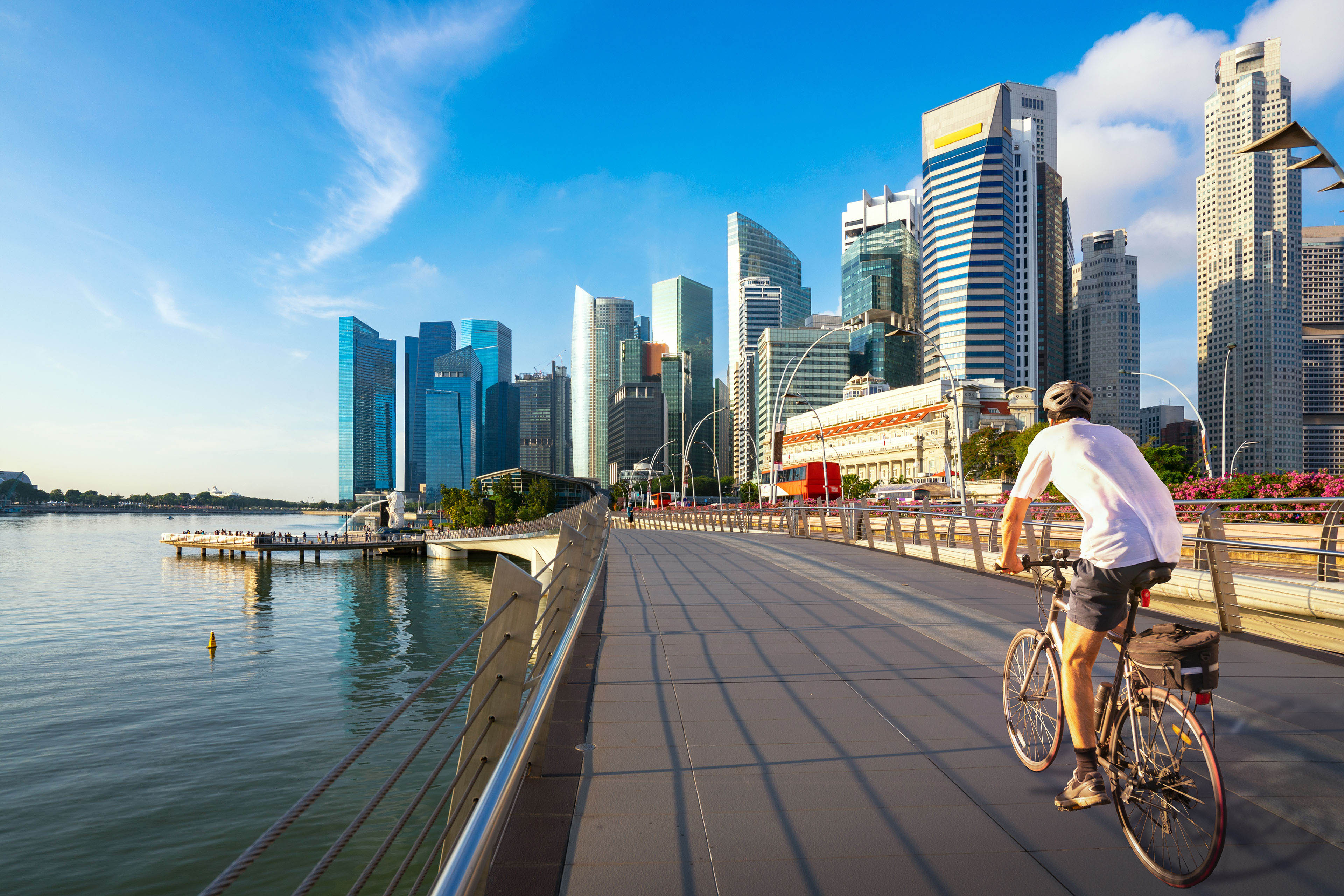EY refers to the global organization, and may refer to one or more, of the member firms of Ernst & Young Global Limited, each of which is a separate legal entity. Ernst & Young Global Limited, a UK company limited by guarantee, does not provide services to clients.
How EY can Help
-
Our international tax planning professionals can help support you with the tax aspects of cross-border situations and transactions. Find out how.
Read more
Tax revenue collection faces challenges
Singapore expects an overall budget deficit of S$64.9b or 13.9% of GDP for the 2020 financial year — the largest since independence. During this period, tax revenue collection dropped 7.3% to S$49.6b, based on data released by the Inland Revenue Authority of Singapore (IRAS).
The single largest component of the tax collection is corporate income tax. It declined from 37% of Singapore’s total tax collection to about 30% over the past decade and may face head winds going forward with BEPS 2.0.
Endorsed by close to 140 countries as at 4 November 2021, the two-pillar solution under the OECD-led BEPS 2.0 tax framework addresses tax challenges arising from digitalization. Pillar One proposes to reallocate profits to jurisdictions where the end consumers are located. This could result in the profits of regional hubs based in Singapore being allocated to other jurisdictions. Pillar Two plans to set a global minimum tax rate of 15%. The latter could dilute the effectiveness of tax incentives granted to attract foreign direct investments into Singapore.
As a percentage of GDP, Singapore’s tax revenue collection previously hovered between 11% and 12% for about a decade but has decreased to about 10.5% since 2018. According to the OECD, the average tax-to-GDP ratio among Asian countries was 21% in 2019.
Clearly, it is not a question of whether Singapore needs to increase its tax collection but rather how to do it. The low-hanging fruit is to dig deeper!
The IRAS has already embarked on rolling out the tax governance framework to place greater emphasis on internal controls for tax reporting. It is expected to become stricter with penalties to send the message that tax reporting and compliance must be taken seriously.
This is not only happening in Singapore. Everywhere around the world, there is intensified tax controversy aided by increased transparency and technology.




